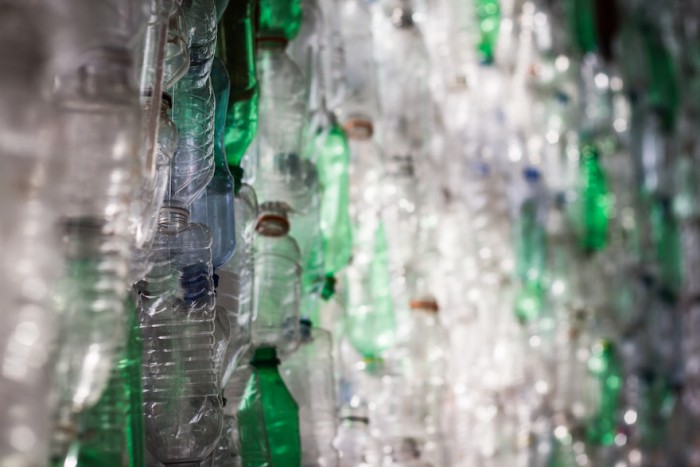From the Series

Researchers at Stanford University in the United States have developed a new way to create plastics from carbon dioxide (CO2) and inedible plant material, such as agricultural waste and grasses. The new method could prove to be more environmentally friendly than the current products which can take hundreds of years to degrade once they’re discarded. Accounting for a large portion of the world’s waste, plastics have an adverse effect on the planet’s oceans, wildlife, marine life, and humans.
"Our goal is to replace petroleum-derived products with plastic made from CO2," said Matthew Kanan, an assistant professor of chemistry at Stanford. "If you could do that without using a lot of non-renewable energy, you could dramatically lower the carbon footprint of the plastics industry."
According to research published in Nature, an online journal, the scientists created polyethylene furandicarboxylate (PEF), an alternative called polyethylene terephthalate (PET), the polymer used in most plastic products today.
PET is made from components that are derived from refined petroleum and natural gas. Manufacturing PET produces significant amounts of CO2, a greenhouse gas that contributes to global warming.
With PEF, graduate student Aanindeeta Banerjee, lead author of the Nature study, combined carbonate with CO2 and furoic acid, a derivative of furfural - a compound made from agricultural waste. Heated to 200 degrees Celsius, the mixture formed a molten salt. After five hours, 89 per cent of the molten-salt mixture had been converted to FDCA, the compound used to create PEF.
"PEF is an attractive replacement for PET because FDCA can be sourced from biomass instead of petroleum," Kanan said. "PEF is also superior to PET at sealing out oxygen, which is useful for bottling applications."
The find is significant because the plastic industry has so far been unable to find a low-cost, sustainable way to produce FDCA. Creating the compound using readily available biomass means products made using PEF can be recycled or converted back to CO2. Eventually, that CO2 will be taken up by grass, weeds, and other renewable plants, which can then be used to make more PEF.
"We believe that our chemistry can unlock the promise of PEF that has yet to be realized," Kanan said. "This is just the first step. We need to do a lot of work to see if it's viable at scale and to quantify the carbon footprint."







